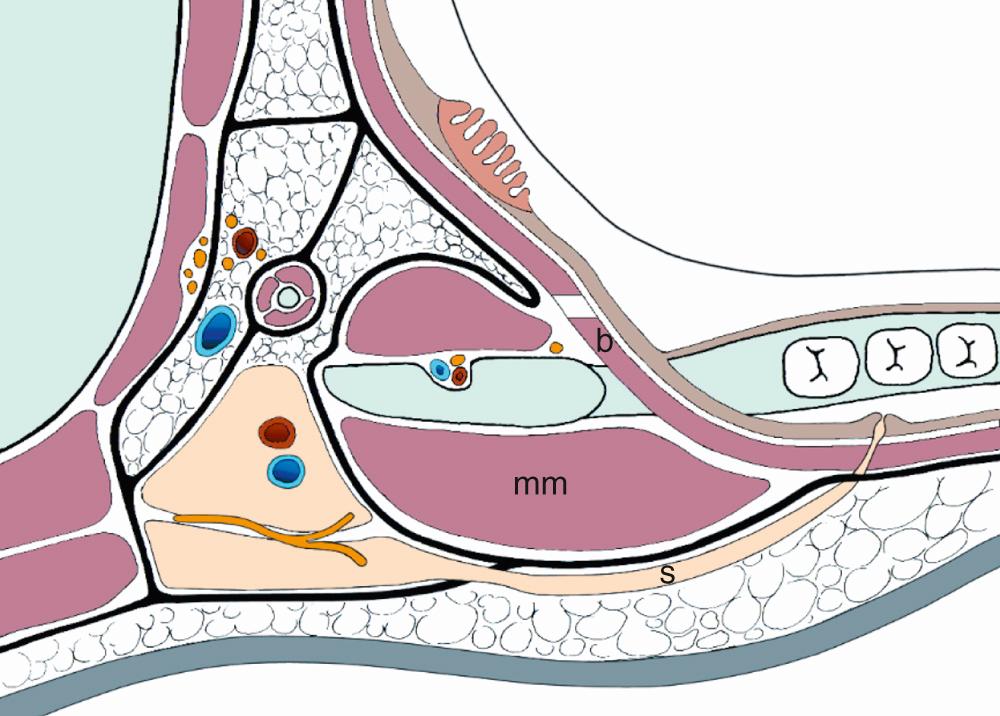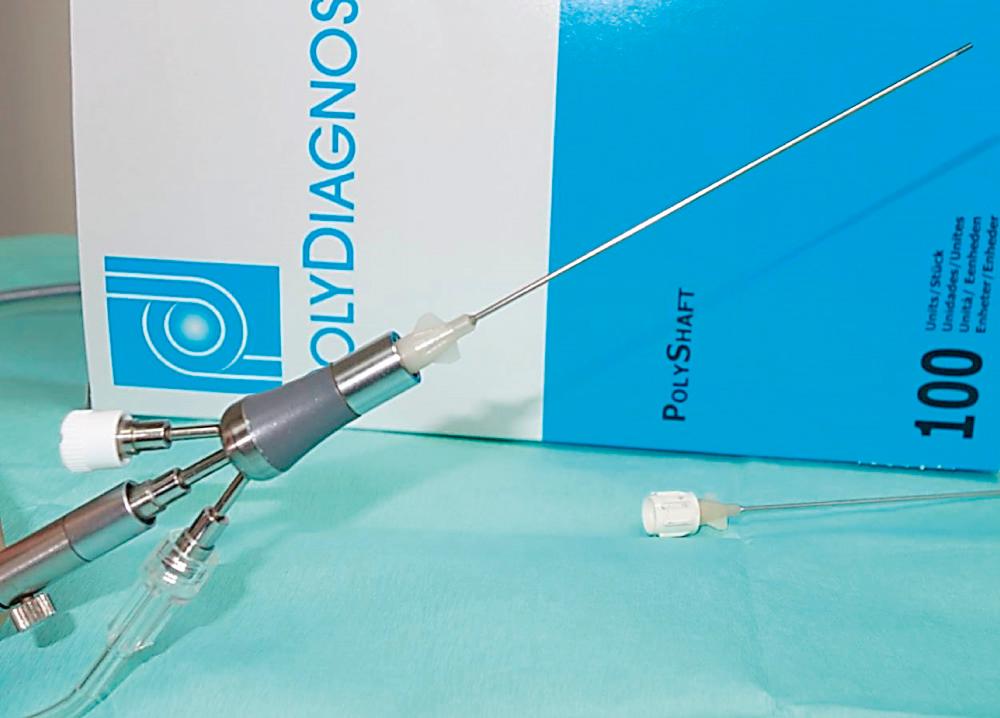Physical Address
304 North Cardinal St.
Dorchester Center, MA 02124
Sialolithiasis is one of the major causes of sialadenitis and accounts for approximately 50% of major salivary gland diseases. Calculi in the salivary glands can be found in 1.2% of the general population. This chapter is dedicated to interventional sialendoscopy in cases of calculi of the parotid gland. Most salivary calculi (80–95%) occur in the submandibular gland and surgeons gain solid experience with these stones. Yet, 5–20% of the stones are found in the parotid gland and we should be aware about their specifications and methods of endoscopic intervention. Currently, there is no clear demarcation between traditional and minimally invasive surgery of the parotid glands. Both surgical approaches partially overlap with endoscopically-assisted traditional surgery, as described in Chapter 20 .
It is possible to insert the sialendoscope (up to 1.3 mm) through the natural orifice of the duct for small stones but for larger stones there is a need for surgical ductal exploration. The intraductal approach is a pure endoscopic technique. The primary goal is to remove the calculus in one piece. Stensen's duct papilla is very sensitive to trauma and easily obstructed. The only one absolute contraindication to this technique is acute sialadenitis. Combinations of various minimally invasive techniques are also possible. In most of the cases, interventional sialendoscopy is well tolerated under local anesthesia.
The parotid glands are the largest salivary glands. Each parotid gland lies behind the mandibular ramus and in front of the mastoid process of the temporal bone. Numerous structures pass through the parotid and include, from lateral to medial, the facial nerve, the retromandibular vein, the external carotid artery, the superficial temporal artery, several branches of the great auricular nerve, and the maxillary artery.
Stensen's duct is formed from several large interlobular ducts inside the gland. Keeping the second superior molar tooth as the landmark, its orifice can be observed at the parotid papilla, which lies in the vestibule of the mouth between the cheek and the gums. On its way from the gland to the orifice, the duct bypasses the masseter muscle and passes through the buccinator muscle. Stensen's duct is surrounded by the buccal fat pad ( Fig. 19.1 ).

The mean diameter of the Stensen's duct varies and, at four different segments along its length, ranges between 0.5 mm and 1.4 mm. In the gland, Stensen's duct is divided into primary, secondary, tertiary, and terminal branches. There is a narrowing at the middle segment of the duct and the minimum width of the secretory duct is observed at the ostium. Keeping sialendoscopy in mind, the diameter of 1.2–1.3 mm should be considered the upper limit for duct endoscopes in the case of the Stensen's duct. There are reports that the diameter of Stensen's duct can reach almost 2 mm, which permits selective use of a 1.6 mm endoscope.
There are several variations of sialendoscopes (PolyDiagnost GmbH, Germany; Karl Storz, Germany). These endoscopes are divided into diagnostic and interventional devices. The diagnostic sialendoscopes usually possess the exterior diameter of 0.65–0.9 mm and are suitable for observation and irrigation. Semi-rigid optic specifications of such devices vary from 3000 to 30,000 pixels ( Fig. 19.2 ) (see Chapter 14.2 ).

The adequate sialendoscope should contain a telescope with at least 6000 pixels illumination fibers, a focal length of 2–15 mm, and a 70° field of view. The best results can be obtained with the 10,000 pixel optic with 120° field of view. Such microendoscopes can change the view field from 0° to 70° and further to 120°. The diameter of the telescope is usually 0.9 mm. The endoscopes can be either designed with the fixed exterior diameter or have disposable sleeves of various diameters. For example, the PolyDiagnost Modular salivascope (PolyDiagnost GmbH, Germany) has a reusable handle and four sets of disposable sleeves: 1.1 mm, 1.3 mm, 1.6 mm, and 2.0 mm in diameter.
The interventional endoscopes can be ≥1.1 mm in diameter. The modular handle has three channels for the telescope, irrigation, and special channel for surgical instruments. All the sleeves are disposable. The optical part – the telescope – is autoclavable. Other reliable endoscopes are the Karl Storz Erlangen Sialendoscope and the Marchal Sialendoscope. Both these endoscopes represent the all-in-one type when the telescope and the working and irrigation channels are combined in one piece. The diameters of such devices are usually from 1.1–2 mm.
The instruments available today for use with the endoscopic system, and that are applicable for endoscopic transoral removal of distal and proximal stones from the parotid gland, include: microbaskets of 0.4–0.6 mm with three, four, or six wires suitable as stone extractors (Karl Storz, Tuttlingen, Germany; NCircle, Cook Medical Inc, Bloomington, IN, USA – Cook's four-wire tip/zero-tip basket [OD 0.4 mm]; Boston Scientific, Marlborough, MA, USA); miniforceps with double action jaws for foreign bodies (Karl Storz, Tuttlingen, Germany – 11576 TJ); flexible minibiopsy forceps; high pressure balloons for dilatation; brushes for cytology; and microneedles for injection. The forceps are autoclavable, and the baskets are disposable.
There are symptomatic and asymptomatic parotid stones. Patients usually complain of pain and swelling and these symptoms may intensify after meals. Asymptomatic calculi may be detected during maxillofacial area-related imaging. Stones are most commonly unilateral, but bilateral cases are also possible. The size of the calculi ranges from a few millimeters to so-called giant salivary gland calculi, being ≥15 mm. The giant calculi, however, are rare and are most frequently encountered in the submandibular gland and not in the parotid.
Bimanual palpation allows the surgeon to determine the consistency of the parotid gland and to detect the presence of the sizable calculus in the duct. Surgical magnification loops (2.5–3.5) are useful to improve visualization of the orifice of the Stensen's duct.
In addition to a careful clinical evaluation, the proper imaging of the affected parotid gland is indicated. Among computed tomography (CT) imaging variations, the Cone Beam CT (CBCT) is the most reliable. It gives an excellent resolution with minimum irradiation and with minimum interference from metals such as a dental crown bridge and dental fillings. An additional advantage of the CBCT is the option to combine it with the sialography. The second reliable evaluation method is high resolution ultrasonography. Ultrasonography has a low sensitivity (65%) in cases that involve the submandibular gland and the majority of missed stones are usually located in the anterior Wharton's duct. There are better results when the parotid gland is investigated. Ultrasonography and the CBCT are complementary. Both modalities can be utilized to optimize the outcome of sialendoscopy. Due to the introduction of these methods into everyday practice, the usage of plain film X-rays (panorex, occlusal, occlusal oblique) for the salivary glands evaluation is not recommended. The usage of magnetic resonance imaging (MRI) has also been reported, however, stones will present as filling defects.
The diameter of the Stensen's duct varies. Therefore the size of the duct should be measured by CBCT sialography and ultrasound imaging in order to determine the feasibility of entering the ductal lumen by use of sialendoscopy. Sialography is used for mapping the ductal system for possible variations and assessment of its estimated dilatation capacity. Occasional tumors of the parotid gland can mimic sialadenitis and calculi. Malignant tumors of Stensen's duct are often squamous cell carcinomas with a most common tumor diameter of 10–19 mm. Extraductal stones and calcifications that are not stones present another problem. Therefore, a careful differential diagnosis is an important step in the pre-evaluation of a patient.
The ability to extract a calculus via an endoscopic technique is based on the presence of the stone in the ductal lumen. Sialendoscopy is also applicable in pediatric cases. Diagnostic sialendoscopy allows the identification of previously undetectable small stones. There are several modern minimally invasive techniques to choose from: the direct sialendoscopic removal of the stones via the salivary ducts, the endoscopy-assisted intraoral surgery, the transfacial approach, extracorporeal shock-wave lithotripsy (ESWL), and a combination of the ESWL with the previously mentioned approaches. Sialendoscopy is considered a patient-friendly, relatively painless, gland-preserving, minimally invasive procedure suitable for outpatient surgery with local anesthesia or local anesthesia with sedation.
Become a Clinical Tree membership for Full access and enjoy Unlimited articles
If you are a member. Log in here